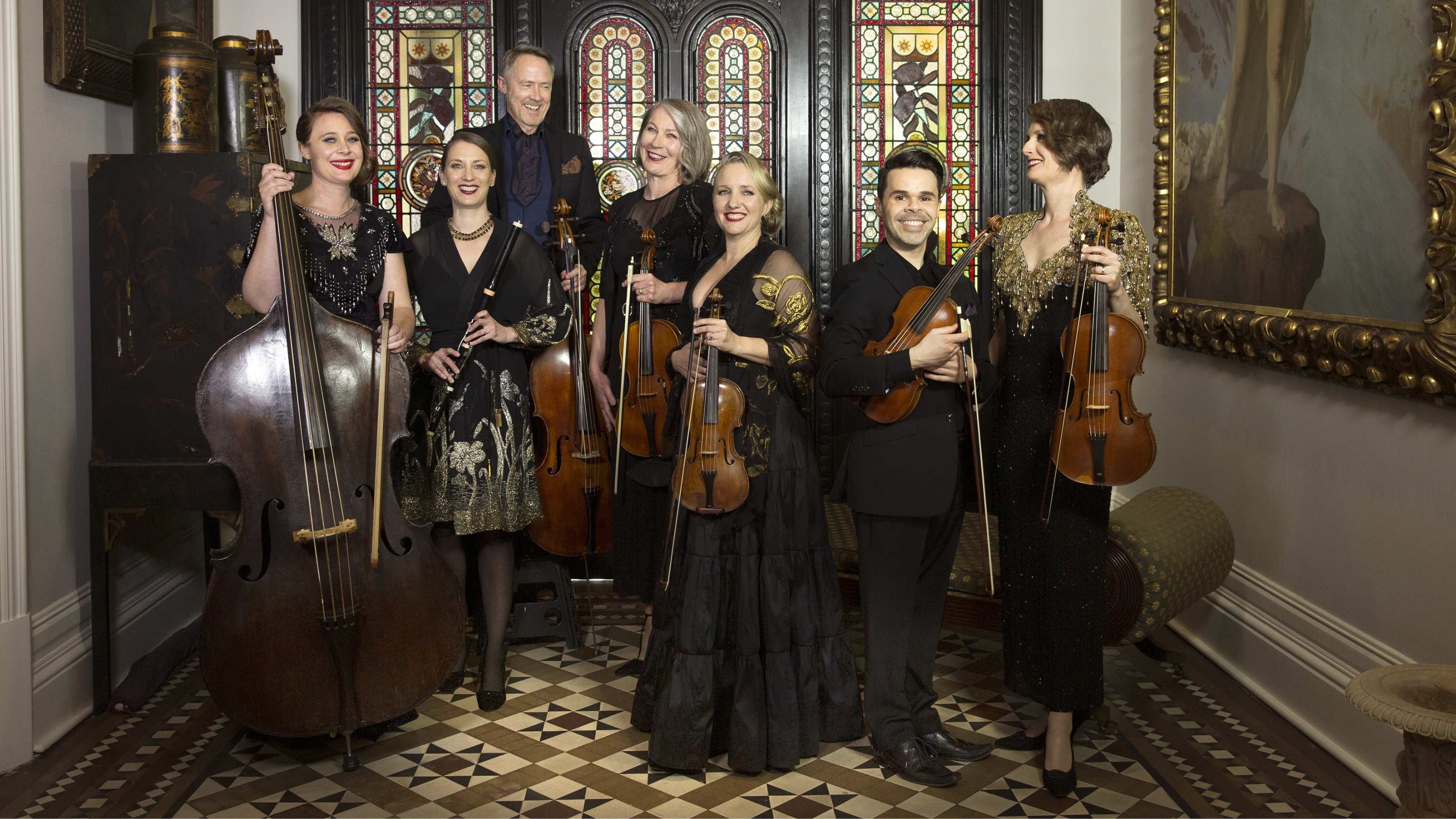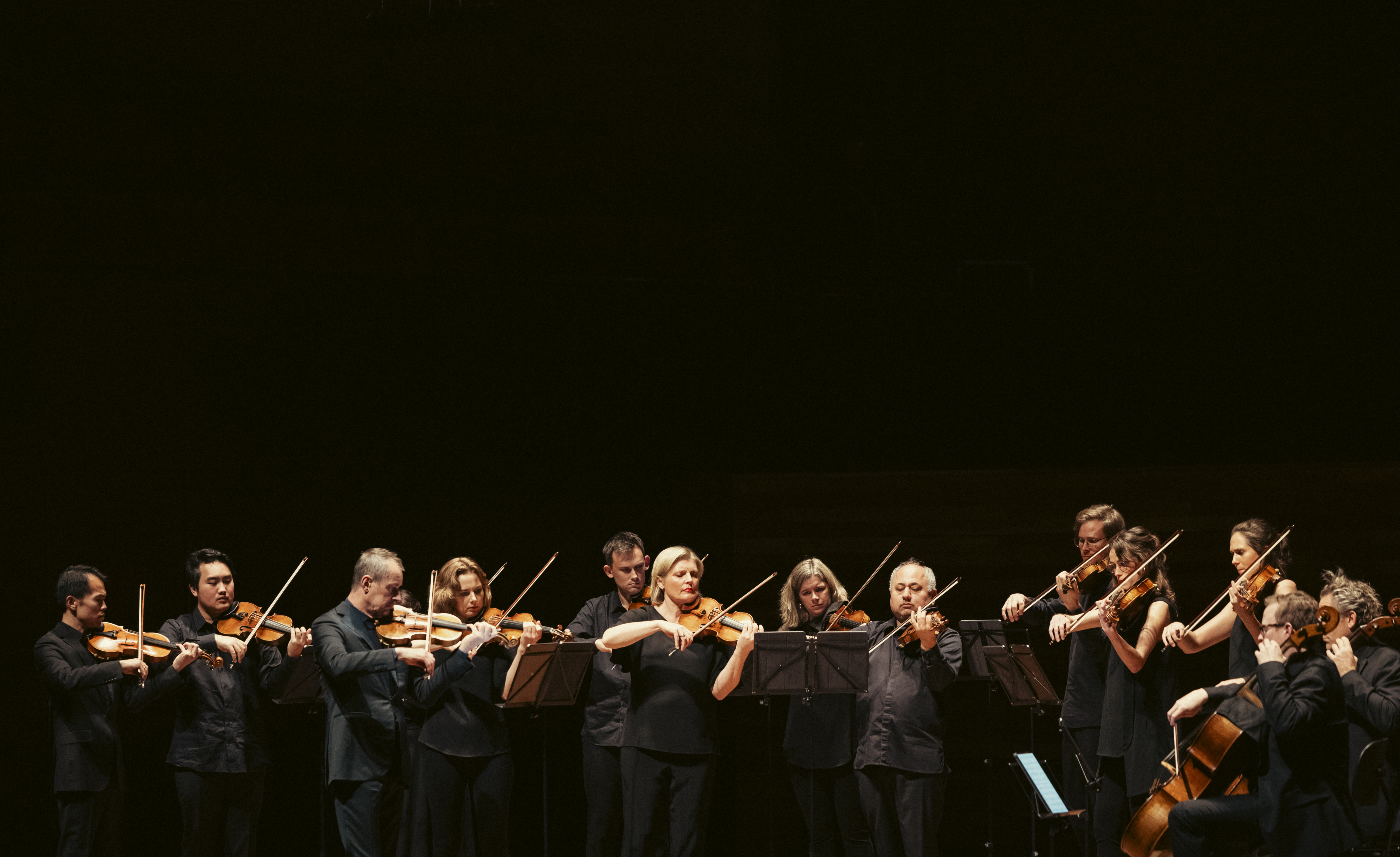
An audience so enraptured by a symphonic finale that they rush as one toward the stage at the very moment a chandelier crashes to the floor behind them. Nobody is injured and Haydn's Symphony then bears the nickname “Miracle”. Alas, this story is now considered fake news, but the fact that music has miraculous powers needs no checking, and here is a concert in which musical wonders never cease.
The AHE quartet returns to Haydn’s Op. 76 with No. 6 in E flat major. It’s often called the “Fantasia” after its utterly captivating slow movement, but the true sense of the word - the composer’s “fancy” running freely - applies equally to the whole quartet, from the euphoric rising on a few chords in the first movement, to the finale’s rhythmic illusions.
Another miracle: Schubert’s sublime Quartet in A minor was 200 years old last year. When you hear it leaping off the page on gut strings, stripped of vibrato-soaked varnish, it’s like a world premiere. The harmonic language of the menuetto alone is literally marvellous: what creative process led him to take a jaded dance-form on such a mysterious and melancholy journey? And the transformation of the Rosamunde theme; again, truly fantastical.
As Fantasy Genre permits, the Ensemble then briefly steps backwards in time to savour one of Purcell’s deliciously piquant Fantasias in 4 parts, No. 8 Z 739 (originally for viols) before being joined by flute for a headlong charge into the (composed) first of Haydn’s London symphonies: No. 96 in D major, brimming with infectious bon amie.
Program
HAYDN String Quartet Op. 76 No. 6 in E flat major “Fantasia”
SCHUBERT String Quartet in A minor D. 804 “Rosamunde”
PURCELL Fantasia in 4 parts No. 8 in D minor Z 739
HAYDN (arr. Salomon) Symphony No. 96 in D major “Miracle”
- Approx. 2 hours including interval
